In the dynamic world of transportation and logistics, the securement of loads is paramount to safety, efficiency, and regulatory compliance. At CarMax Vehicle, we understand the critical role that proper load securement plays in the operations of fleet managers, drivers, and manufacturers alike. This guide delves into the intricacies of load securement, providing detailed insights, practical tips, and visual aids to help you master this essential aspect of cargo transportation.
Understanding Load Securement: Beyond the Basics
Load securement involves the strategic placement and stabilization of cargo to prevent movement during transit. This process is not merely about tying down goods; it’s a complex interplay of factors that ensures the safety of the driver, the integrity of the cargo, and the protection of public roads.
The Importance of Proper Load Securement
- Safety First: Unsecured loads can lead to accidents, posing risks to drivers and other road users.
- Regulatory Compliance: Adhering to federal and state regulations helps avoid hefty fines and legal complications.
- Asset Protection: Proper securement minimizes damage to goods, reducing financial losses.
- Operational Efficiency: Secure loads facilitate smoother transportation, reducing delays and ensuring timely deliveries.
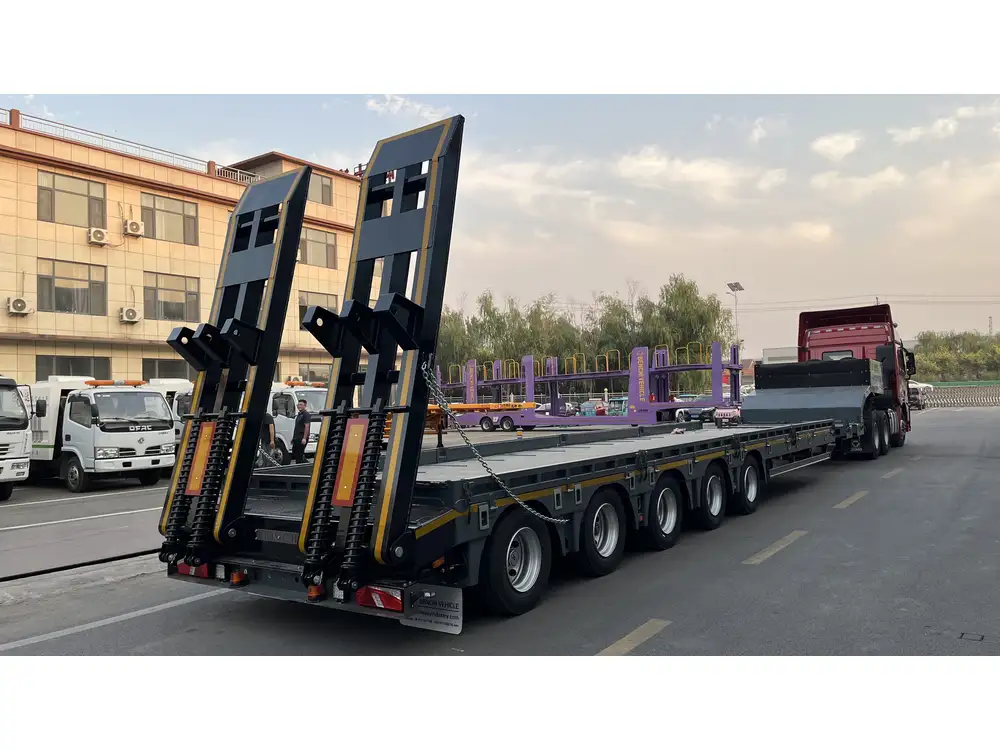
Regulatory Standards Governing Load Securement
Compliance with regulatory standards is non-negotiable in the transportation industry. Understanding these guidelines is essential to maintaining operational legality and safety.
Federal Motor Carrier Safety Administration (FMCSA) Guidelines
The FMCSA sets forth comprehensive regulations detailing the requirements for load securement. Key aspects include:
- Securement Strength: Devices must be capable of withstanding specific forces based on the cargo’s weight.
- Tie-Down Requirements: Depending on the weight, a minimum number of tie-downs are mandated.
- Blocking and Bracing: Techniques to prevent cargo shifts during movement.
| FMCSA Regulation | Description |
|---|---|
| Sec 393.13 | Outlines the general requirements for load securement across all commercial motor vehicles. |
| Sec 393.16 | Specifies requirements based on cargo load weights and types. |
| Sec 393.17 | Details the standards for lashings, tie-downs, and other securement devices. |
Understanding these regulations helps in strategizing load securement effectively, ensuring that each transit complies with national safety standards.
Load Securement Devices: Types and Applications
Selecting the right load securement devices is crucial. Each type serves a specific purpose, catering to different cargo requirements and transportation scenarios.

Straps
Straps are versatile and widely used for securing various types of cargo.
- Ratchet Straps: Offer high tension and are ideal for heavy loads. Their ratcheting mechanism ensures tight securement.
- Cam Buckle Straps: Suitable for lighter loads, these straps provide quick and easy adjustment.
Chains
Chains are preferred for heavy-duty applications where maximum strength is required.
- Grade 70 Chains: Commonly used for securing oversized or heavy cargo.
- Lazy-Lay Chains: Designed for flexibility and ease of use in different loading conditions.
Binders
Binders are compact and effective for securing loads with minimal space.
- Chain Binders: Provide robust security with ease of operation.
- Strap Binders: Combine the strength of straps with the security of binders.
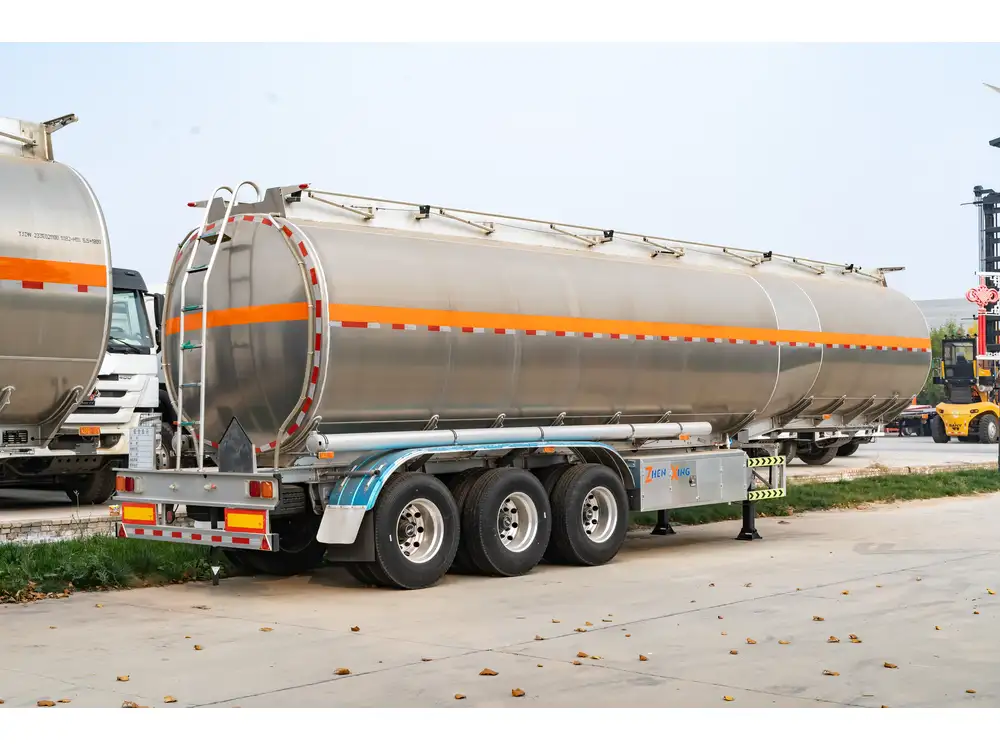
Tarps and Covers
Tarps protect cargo from environmental elements, preventing damage and ensuring integrity.
- Heavy-Duty Tarps: Suitable for construction materials and other rugged cargo types.
- Mesh Tarps: Allow ventilation while securing loose materials like gravel or sand.
| Device Type | Best For | Advantages |
|---|---|---|
| Ratchet Straps | Heavy loads | High tension, secure fastening |
| Cam Buckle Straps | Light to medium loads | Quick adjustment, ease of use |
| Grade 70 Chains | Oversized/heavy cargo | Maximum strength, durability |
| Binders | Versatile applications | Compact, effective securement |
| Heavy-Duty Tarps | Construction materials | Protection from elements, durability |
| Mesh Tarps | Loose materials | Ventilation, secure coverage |
Selecting the appropriate device hinges on the nature of the cargo, the transportation environment, and specific regulatory requirements.
Best Practices for Load Securement: Step-by-Step Guide
Implementing best practices ensures that your loads remain secure throughout their journey. Here’s a structured approach to effective load securement:
1. Assess the Cargo
- Weight: Determine the total weight of the load to select appropriate securement devices.
- Dimensions: Measure length, width, and height to plan placement and securement points.
- Type: Identify the nature of the cargo (e.g., hazardous materials, fragile items) to choose suitable protection measures.
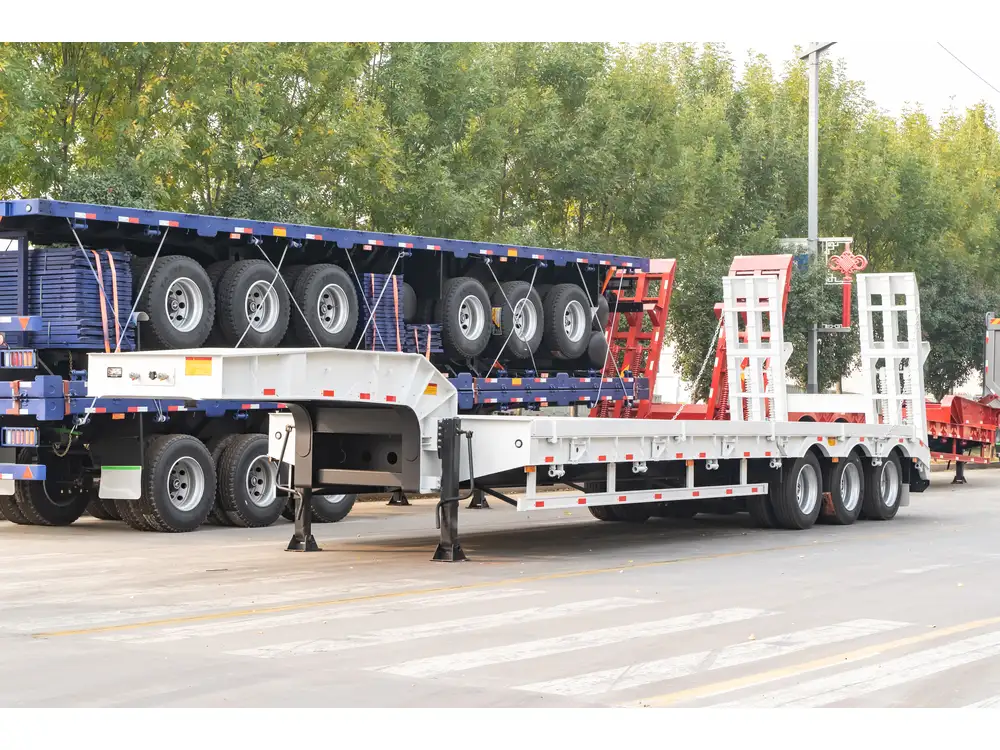
2. Plan the Load Arrangement
- Center of Gravity: Position heavier items low and towards the vehicle’s center to maintain stability.
- Even Distribution: Balance the load to prevent shifting and uneven weight distribution.
- Accessibility: Ensure securement devices are accessible for adjustments and inspections.
3. Select Securement Devices
- Appropriate Strength: Choose straps or chains rated for the load’s weight and type.
- Quality and Condition: Inspect devices for wear and tear before use, ensuring they meet safety standards.
4. Implement Proper Securement Techniques
- Tension: Apply sufficient tension to prevent movement without over-tightening, which can damage the cargo.
- Anchoring Points: Utilize vehicle anchors or designated securement points for attaching devices.
- Crossing Diagonally: Arrange straps or chains diagonally across the load to enhance stability.
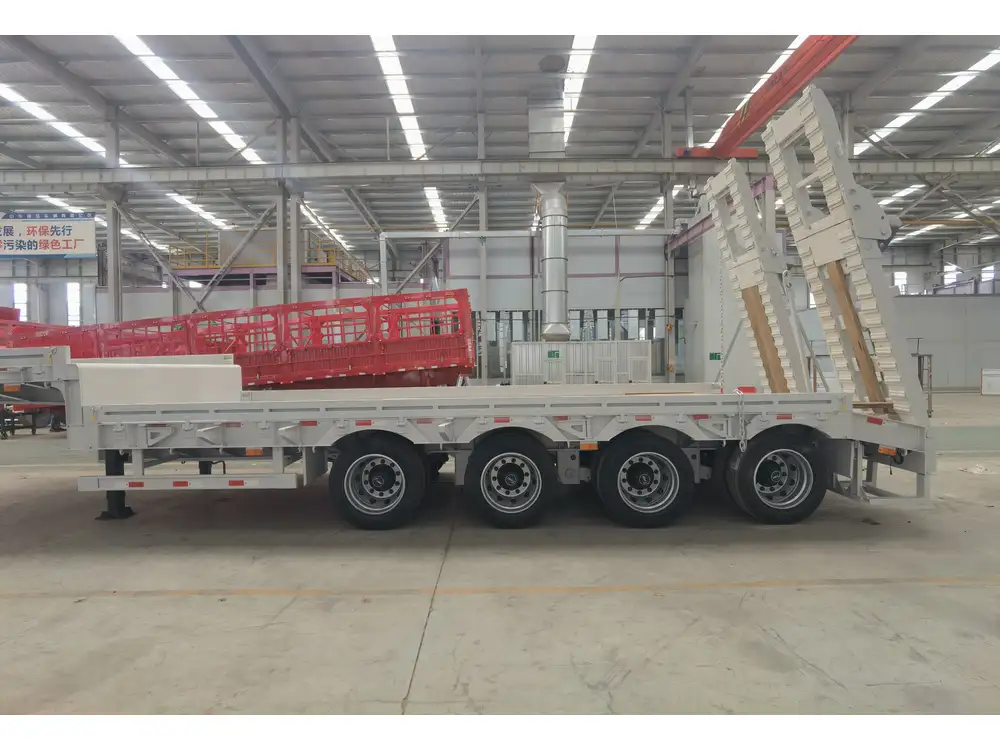
5. Inspect Securement Regularly
- During Loading: Check securement as items are loaded to ensure proper placement.
- En Route Inspections: Conduct periodic checks during transit to confirm that securements remain intact.
- Post-Transit Evaluation: Assess securement effectiveness and make improvements as needed.
Common Load Securement Mistakes: Avoiding Pitfalls
Even with the best intentions, certain errors can compromise load security. Recognizing and addressing these common mistakes is vital.
1. Insufficient Tie-Downs
Failing to use the required number of tie-downs based on load weight can lead to cargo shifts. Adhering to FMCSA regulations ensures that the number of securement points is adequate.
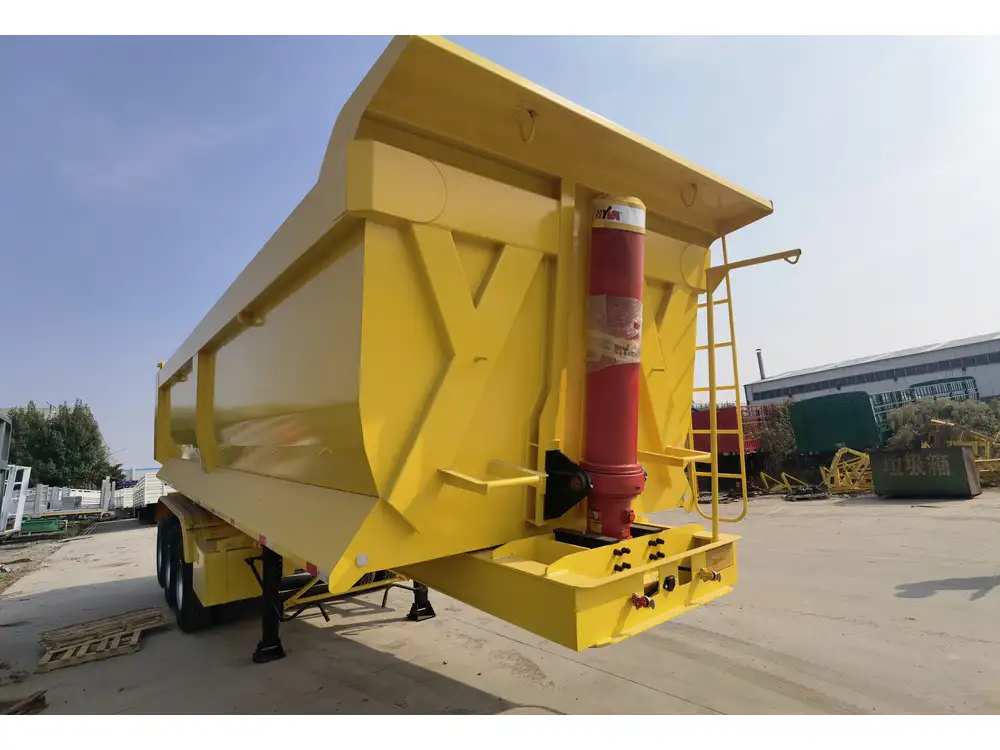
2. Incorrect Device Selection
Using straps for extremely heavy loads or chains for light items can result in ineffective securement. Matching device strength to load requirements is essential.
3. Over-Tightening Securements
Excessive tension can damage the cargo and securement devices. Striking a balance between firmness and flexibility maintains both security and cargo integrity.
4. Neglecting Regular Inspections
Securements can loosen over time due to vibrations and movement. Regular inspections prevent unnoticed shifts that could escalate into safety hazards.

5. Improper Use of Blocking and Bracing
Inadequate or misplaced blocking and bracing can render securement efforts ineffective. Proper placement ensures maximum stability of the load.
CarMax Vehicle’s Solutions for Load Securement
At CarMax Vehicle, we offer a comprehensive range of semi-trailers designed with load securement in mind. Our trailers incorporate advanced features that facilitate easy and effective securement, enhancing safety and operational efficiency.
Innovative Trailer Designs
Our trailers are engineered to accommodate various securement devices, providing flexibility and reliability across different cargo types.
- Adjustable Anchor Points: Strategically placed anchors allow for customized securement configurations.
- Integrated Tie-Down Systems: Built-in systems streamline the process, reducing setup time and ensuring consistency.

Durable Construction Materials
We utilize high-strength materials that withstand the rigors of transportation, ensuring that securement points remain reliable over extended use.
- Reinforced Frames: Enhance the structural integrity to support heavy loads without compromising securement.
- Corrosion-Resistant Coatings: Protect securement points from environmental damage, extending their lifespan.
Customizable Options
Understanding that each transportation need is unique, we offer customizable trailer options to meet specific load securement requirements.
- Adjustable Deck Heights: Facilitate optimal loading and securement based on cargo dimensions.
- Modular Compartments: Allow for flexible load arrangements, enhancing securement strategies.
Tips for Inspecting Load Securement: Ensuring Ongoing Safety
Regular inspections are crucial to maintaining effective load securement. Here are key tips to perform comprehensive checks:
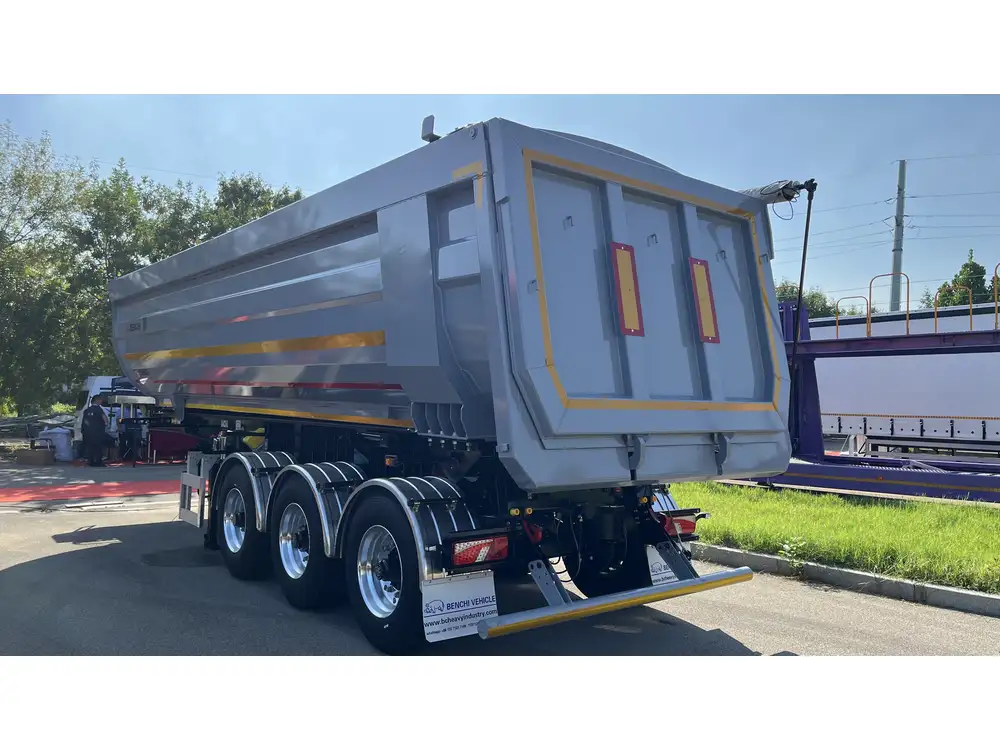
Pre-Loading Inspections
- Assess Trailer Condition: Ensure all securement points are intact and free from damage.
- Verify Equipment: Confirm that all securement devices are present and in good working condition.
During Loading
- Monitor Load Placement: Ensure cargo is evenly distributed and positioned correctly.
- Check Securement Attachment: Verify that all devices are properly attached and tensioned.
En Route Inspections
- Periodic Checks: Stop at intervals to inspect securements, especially on long journeys.
- Adjust as Necessary: Make adjustments if any securements appear loose or compromised.
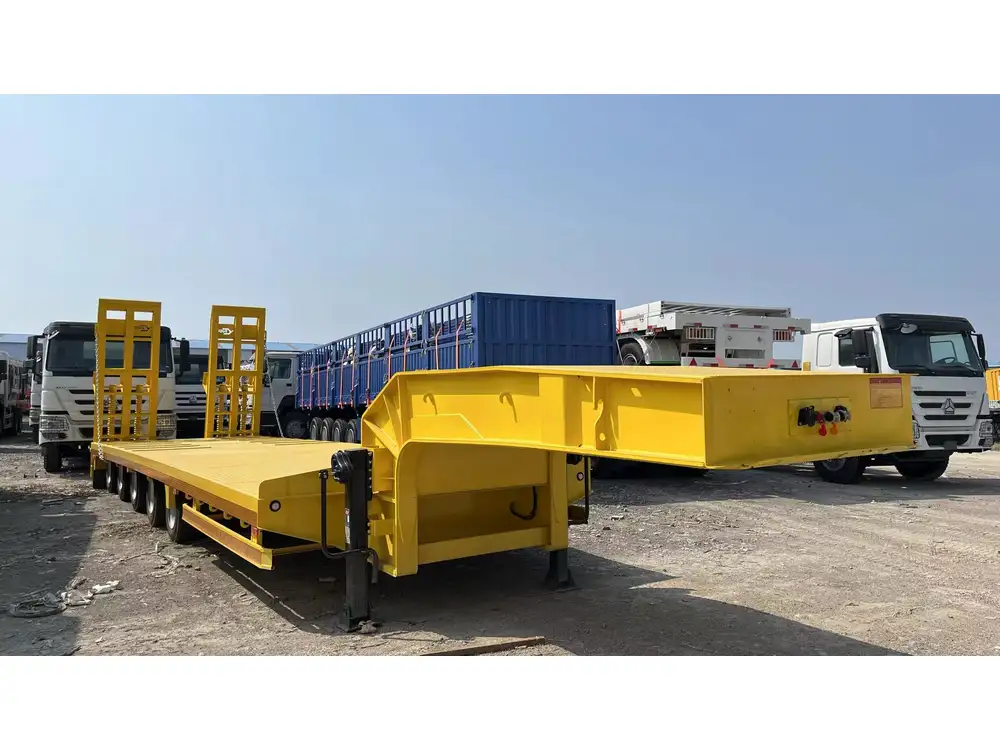
Post-Loading Evaluations
- Final Inspection: Conduct a thorough check before departure to confirm all securements meet safety standards.
- Document Securement: Keep records of securement practices for regulatory compliance and operational reviews.
Innovations in Load Securement Technology
Advancements in technology are revolutionizing load securement, offering enhanced safety and efficiency.
Smart Securement Systems
Integrating sensors and monitoring devices provides real-time feedback on load status, alerting drivers to potential issues before they escalate.
- Load Sensors: Detect shifts or movements, triggering alerts for immediate action.
- Telematics Integration: Allows for remote monitoring and data analysis to optimize securement practices.

Automated Securement Devices
Automation reduces manual effort and increases precision in securing loads.
- Self-Tensioning Straps: Automatically adjust tension based on load dynamics, maintaining optimal securement.
- Robotic Securement Systems: Utilize robotics to position and secure loads with high accuracy and consistency.
Advanced Materials
Developments in materials science offer securement devices that are lighter, stronger, and more durable.
- High-Strength Polymers: Provide robust securement without the weight penalties of traditional materials.
- Composite Chains: Combine strength and flexibility, enhancing securement performance.
| Innovation | Benefit |
|---|---|
| Smart Securement Systems | Real-time monitoring, proactive alerts |
| Automated Securement Devices | Increased precision, reduced manual effort |
| Advanced Materials | Enhanced strength, lighter weight |
Embracing these innovations can significantly improve load securement effectiveness, driving safety and operational excellence.
Conclusion: Commitment to Safety and Excellence
At CarMax Vehicle, our dedication to safety and quality drives the design and manufacture of superior semi-trailers. By prioritizing effective load securement, we ensure that your cargo reaches its destination securely, complying with all regulatory standards. Implementing best practices, utilizing the right securement devices, and leveraging advanced technologies are essential steps toward achieving optimal load securement. Partner with us to elevate your transportation operations, ensuring safety, efficiency, and reliability every mile of the journey.

Frequently Asked Questions
1. What are the key factors to consider when choosing load securement devices?
When selecting load securement devices, consider the weight and type of cargo, regulatory requirements, the securement strength needed, environmental conditions, and the compatibility of devices with your trailer’s anchor points.
2. How often should load securement be inspected during transit?
Load securement should be inspected at regular intervals during transit, especially on long journeys. It’s advisable to check at least every 50 miles or after any significant stop to ensure that securements remain intact and effective.
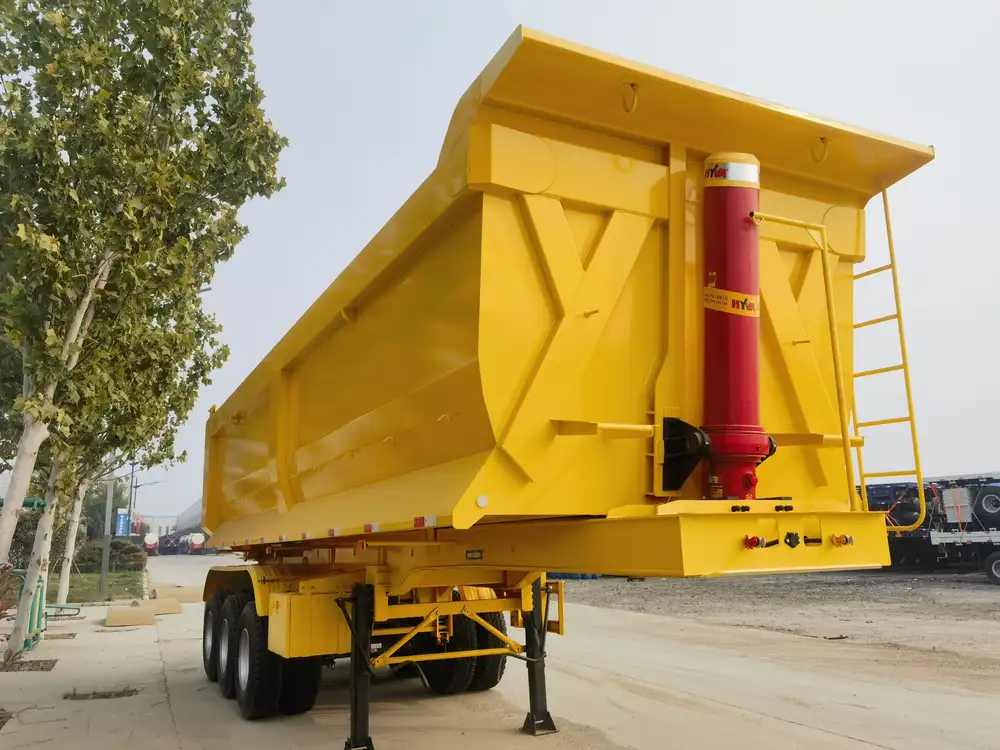
3. What are the most common regulations governing load securement in the United States?
The Federal Motor Carrier Safety Administration (FMCSA) sets the primary regulations governing load securement in the U.S., outlined in Title 49 of the Code of Federal Regulations, particularly sections 393.13, 393.16, and 393.17, which detail requirements for securement strength, tie-down numbers, and device standards.
4. Can improper load securement affect insurance coverage in case of an accident?
Yes, improper load securement can lead to accidents and may result in insurance claims being denied if negligence is proven. Adhering to proper load securement practices is crucial for maintaining insurance coverage and mitigating liability risks.
5. What advancements in load securement technology should fleet managers be aware of?
Fleet managers should stay informed about smart securement systems with real-time monitoring capabilities, automated securement devices that enhance precision and reduce manual labor, and advanced materials that offer superior strength-to-weight ratios. These innovations can significantly improve load security and operational efficiency.



